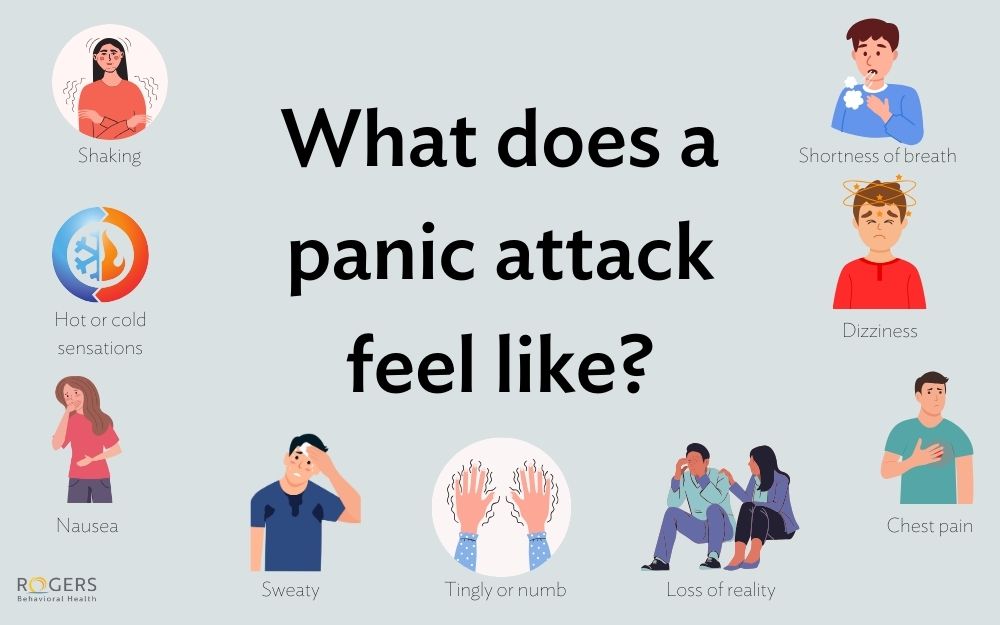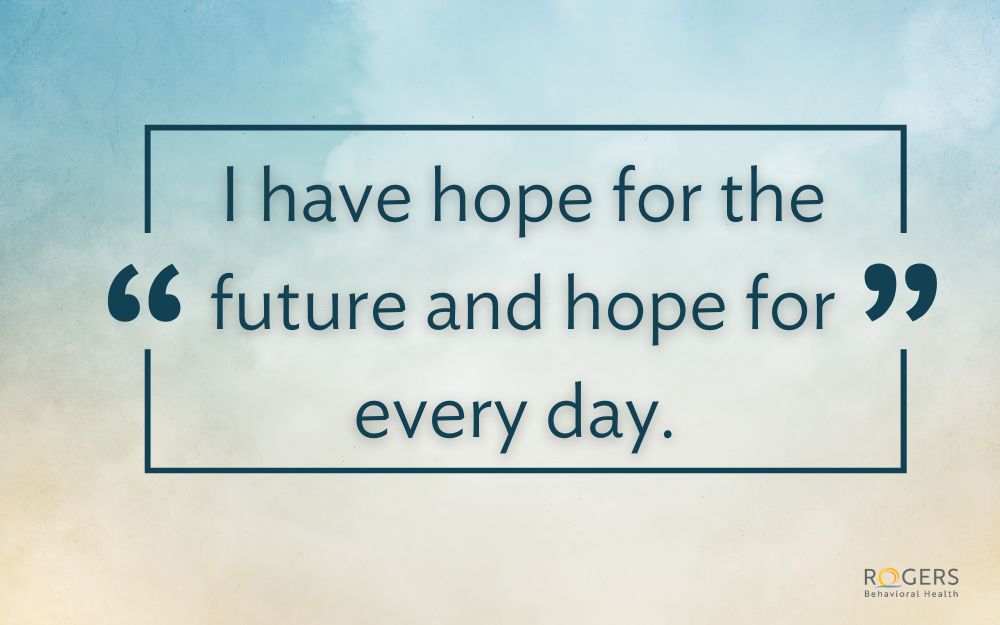How Rogers implements horticultural therapy in eating disorder recovery
Posted on 04/19/19 11:08:am
Share this article:
Being out in nature, enjoying the warmth of a greenhouse, and working with plants all have a positive effect on someone’s mood and can also reduce anxiety. Because of this, horticultural therapy has been a valuable component of our care across a variety of our treatment settings, but horticultural therapy is an especially good fit in eating disorder recovery.
Anxiety from contamination is a symptom that appears in those struggling with both eating disorders and OCD and related disorders. Brad Smith, MD, medical director for our Oconomowoc campus and Eating Disorder Recovery Care, says that horticultural therapy is a natural exposure that can be used to reduce anxiety and fear.
“If someone has challenges with contamination, they might avoid getting dirty or exposing themselves to germs, bugs, and plants,” Dr. Smith says. “We use horticultural therapy as part of their exposure hierarchy to have an activity that will continue to challenge them, resulting in fewer obsessions and compulsions.”
For someone with an eating disorder, being involved from the beginning when a seed is planted all the way to harvesting and preparing food will also reduce anxiety about what is in food. It can help people look at food in a positive light instead of being fearful.
“This is a great example about how to care for your body, just as you need to care for a seed or plant,” Dr. Smith says. “The horticultural therapy process is an excellent way to demonstrate the symbolism of taking care of another living being, just as we need to take care of ourselves.”
What is horticultural therapy?
While horticultural therapy and tending a garden at home appear to be similar, the difference is in the purpose and method of each. Gardening can be a relaxing hobby and can provide other benefits like having fresh fruits and vegetables. Horticultural therapy involves gardening or other plant-based activities but is goal-oriented and takes place under the direction and guidance of a professionally registered horticultural therapist, according to Jonathan Irish, MA, coordinator of horticultural therapy at Rogers.
“Patients are able to practice giving plants what they need to thrive through consistent care, nurturing, and purpose while working to get their own life back,” says Jonathan. “They are encouraged to challenge an unhealthy relationship to the food they eat by developing a different relationship to food they grow. While engaging in client-centered activities, they experience the metaphorical power of working with plants in a farm-to-table approach, a sense of community, and a belief in their own self-worth. Additionally, horticultural therapy activities can provide our patients with unique opportunities to utilize cognitive behavioral therapy (CBT) skills, such as exposure therapy and behavioral activation. These CBT skills are the therapeutic centerpiece of our eating disorders program.”
Learn more about how we treat eating disorders at Rogers Behavioral Health.
For admission information or a free screening, call 800-767-4411, or submit an online screening request.
If you do not feel you or your child needs treatment right away, but may be concerned, we offer online quizzes to possibly provide some relief. While these quizzes do not provide a diagnosis, it could be the first step in finding the treatment you may need. Take our online Eating Disorder Quiz today.



